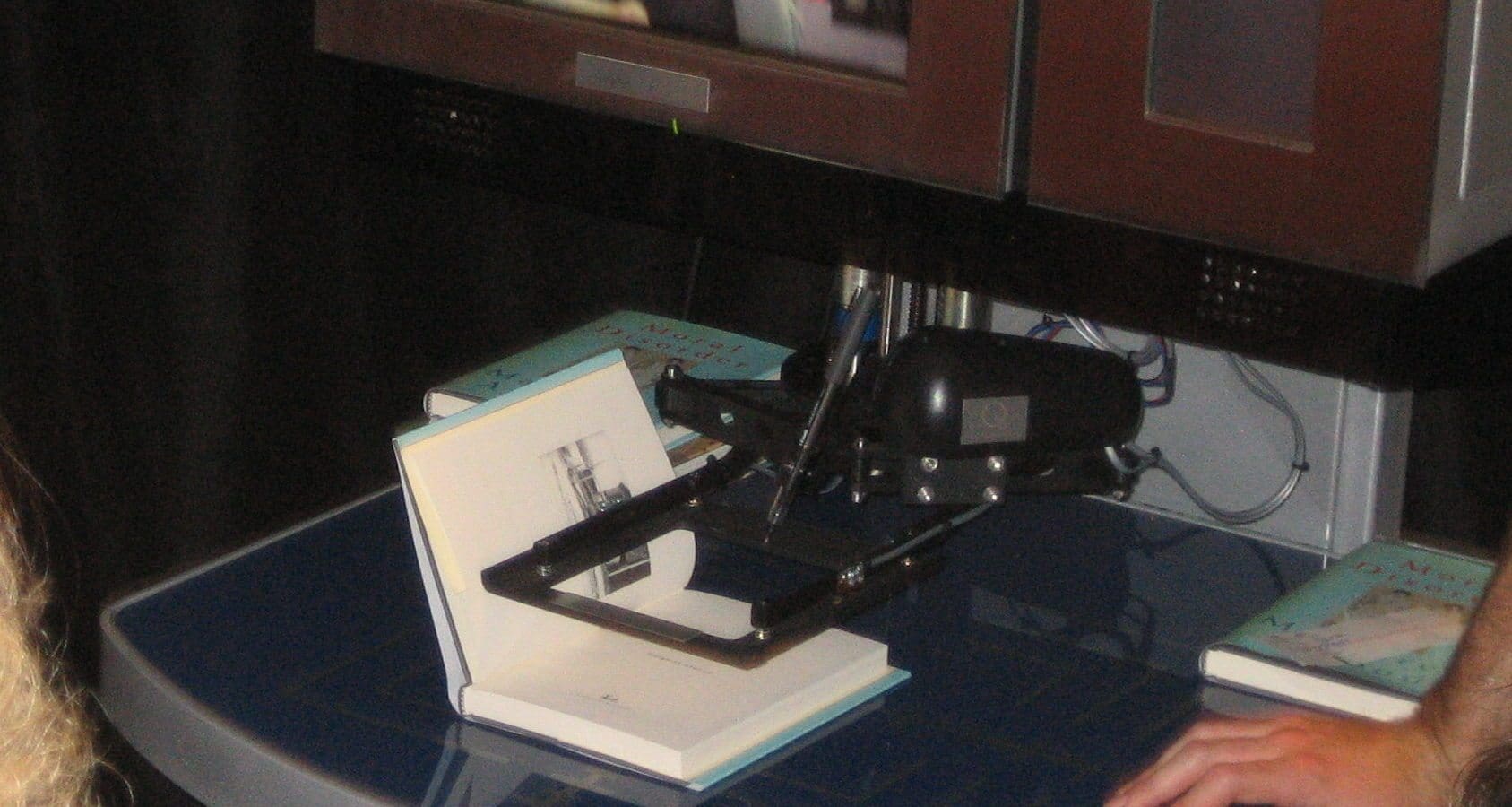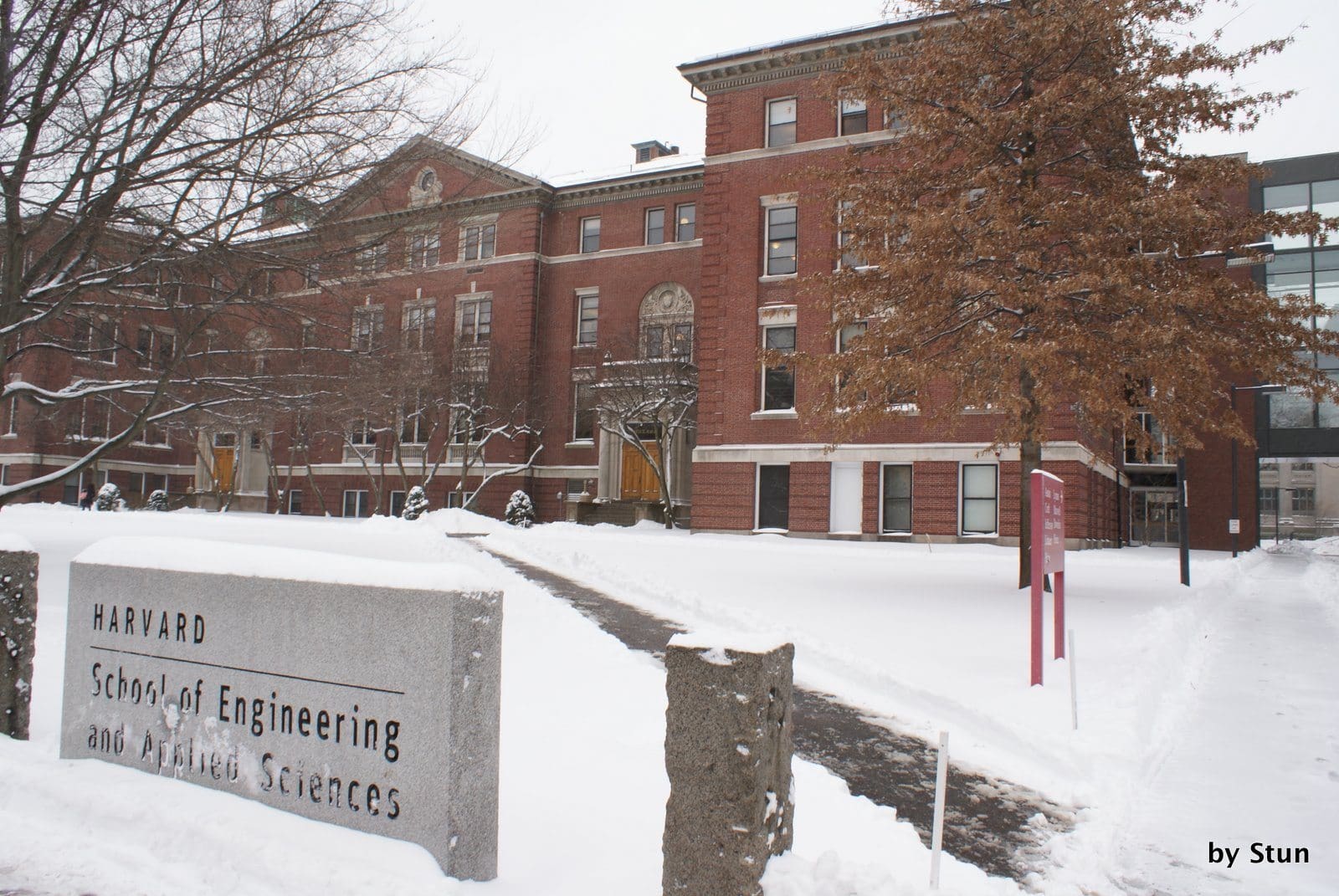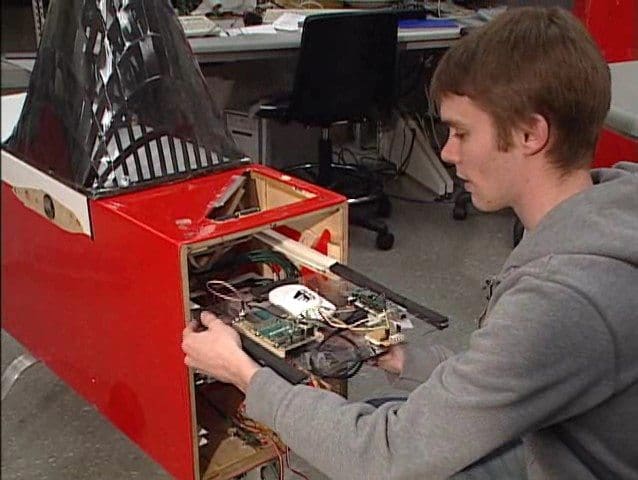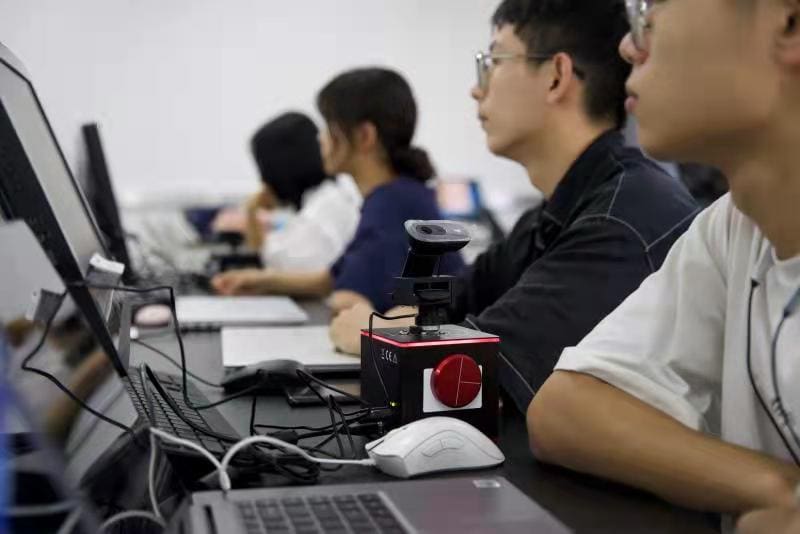
Beijing Institute of Technology (BIT) and Quanser have collaborated on a new controls course that incorporates the project-based learning (PBL) pedagogy. This sophomore undergraduate course helps bridge the gap between theory and meaningful real-world examples, stimulates undergraduates’ interest in learning, and enhances awareness and ability to cross-apply knowledge through the exploration of key concepts in control systems.
Challenge
The National Ground Mobility Experimental Teaching Center of Mechanical Engineering (ECME) at BIT has played an active role in developing exciting hands-on courses to stimulate students’ interest in control system related knowledge. Intrigued by a recent article on PBL activities using a Quanser QUBE-Servo 2, Dr. Zhongxin Li, Lab Deputy Director at ECME, cooperated with Quanser to develop an independent PBL course that taught basic control theory using hands-on activities on trending topics in areas such as machine learning, computer vision, and self-driving cars.
Solution
Early in the course development process, the team at Quanser and Dr. Li decided to exclude complex modelling and mathematical methods for designing controllers. Not only those topics were taught in later courses, but by simply raising the difficulty of the technical content, Dr. Li knew students will be discouraged from pursuing controls engineering. Instead, the course was designed to use interactive simulations, Quanser’s QLabs digital twinning technology, and the Quanser QUBE Servo 2 DC motor hardware plant so students could explore key concepts of a control system, such as why the control of a simple DC motor is vital in many engineering applications.
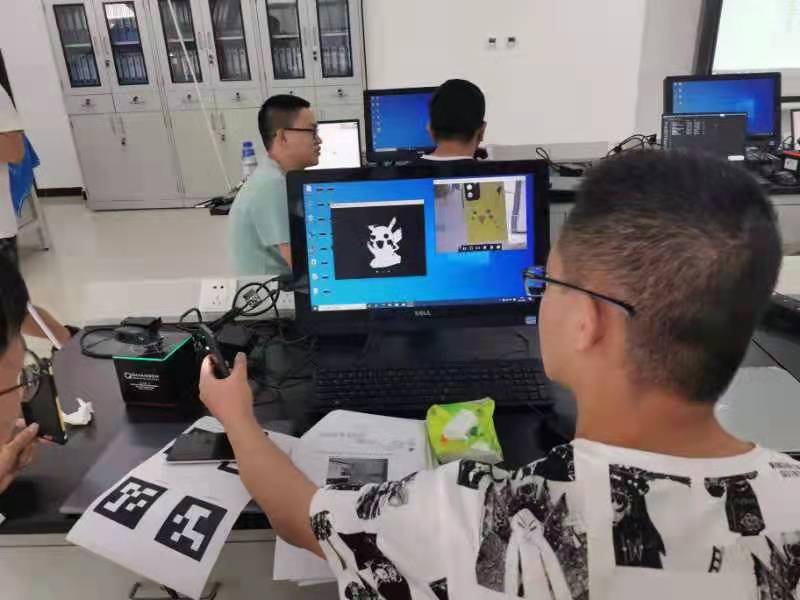
Figure 1: Student learning image processing techniques using a camera mounted on a QUBE-Servo 2
Figure 2 outlines a series of hands-on explorations that cover core controls concepts as well as concepts related to autonomous driving, such as computer vision, IoT, and motion planning. These exploratory activities culminated in an immersive mini-PBL activity that required students to develop a vision-based ball balancer by designing the necessary controllers, rapid prototyping components, and integrating the required sensors. Most of the course activities were scaffolded in that the more complex components and subsystems were provided to students in an effort to facilitate a deeper understanding of the problem at hand, rather than spending time trying to figure out unnecessary details.

Figure 2: Laboratory excesises
A key goal throughout the course was to enhance students’ engineering literacy, which is, the process of effectively using engineering language to describe problems and use engineering principles to identify and solve complex engineering problems. Throughout the course, students were given access to state-of-the-art software tools, such as MathWork’s Simulink® and Quanser’s QUARC, as well as laboratory-grade equipment to simulate a variety of dynamical systems and analyze the experimental results.
Result
The course was offered twice during the summer of 2021 to more than 80 sophomore students including those studying mechanical engineering and vehicle engineering. Feedback suggested that students by large enjoyed the course, with one commenting that “those who didn’t enroll in this course would regret it a lot!”. Forgoing the complex mathematics in the course did not stop students from having a meaningful experience. In fact, many demonstrated the ability to manually tune a controller, giving them an immediate sense of accomplishment. Some students even felt encouraged to simultaneously enroll in Massive Open Online Courses (MOOCs) to expand their knowledge beyond the official course content.

Figure 3: A ball balancer designed and prototyped by students
The new course also provided the instructors the opportunity to experiment with several traditional aspects of the course, from assessment methods to maximizing equipment usage. For example, rather than relying on lab reports as the sole evaluation tool, the course instructors were able to monitor students’ progress and track their learning behaviour by examining user logs generated in QLabs. Thanks to the open-architecture nature of Quanser technology, ECME increased the usage of their lab equipment by incorporating them in activities beyond their traditional use cases of teaching control theory. Furthermore, the course offered instructors a chance to introduce a variety of interdisciplinary topics ranging form computer science to electrical engineering and mechanical engineering.
According to Dr. Li, “the success of the course has attracted the attention of other universities in China who are facing the same pedagogical challenges.” Given the positive experience teaching this “pioneering” course, the instructional team looks forward to implementing the lessons learned to the design of the second iteration of the course.
